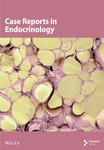Journal list menu
Export Citations
Download PDFs
Issue Information
Editorial
Case reports as a resource for teaching and learning
- Pages: 163-164
- First Published: 15 October 2014
Case Reports
Molecular characteristics of residual cancer and stromal cells after chemoradiotherapy for gastric cancer: report of four cases
- Pages: 165-172
- First Published: 04 June 2014
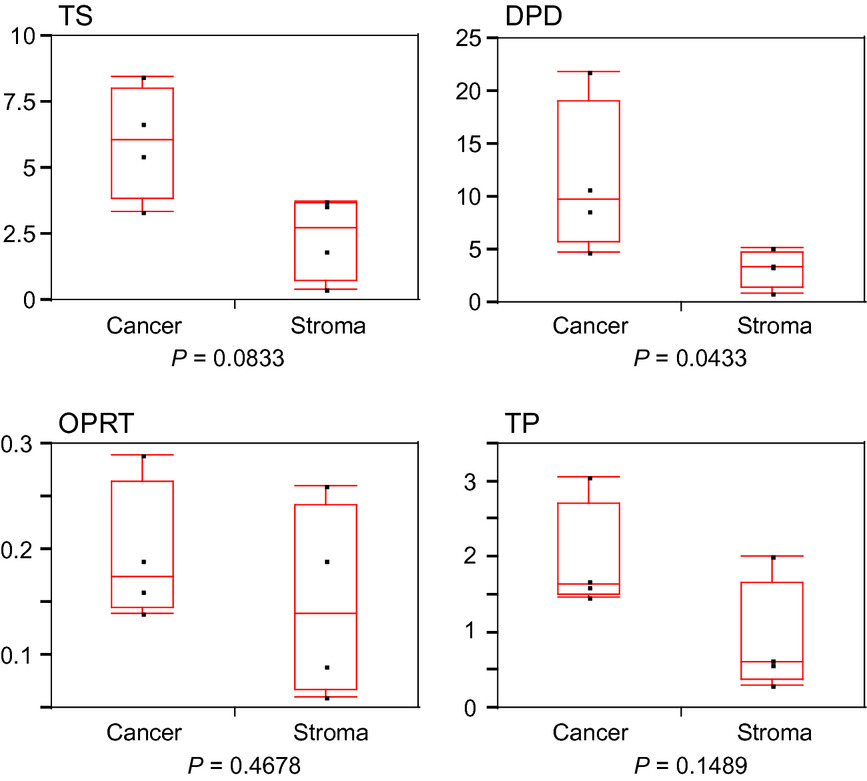
Four patients with gastric cancer underwent 5-fluorouracil and cisplatin-based chemoradiotherapy followed by surgery. Expression analysis of chemoradiosensitivity-related genes in residual cancer using formalin-fixed paraffin-embedded specimens may be useful when determining a chemotherapy regimen for disease recurrence after chemoradiotherapy for gastric cancer.
Long-term survival in multiple myeloma
- Pages: 173-179
- First Published: 28 May 2014

The survival of multiple myeloma patients has improved very significantly over the last decade. Still median overall survival is inferior to 5 years. A small proportion of patients survive longer than 10 years. In this paper we discuss four cases illustrating the nonhomogeneous clinical presentation and evolution of this subset of patients. Surprisingly, these long survivors do not always have deep responses and some require frequent treatments, which include autologous stem cell transplantation and novel drugs. The authors discuss several aspects of these clinical histories, including treatment options, raising hypothesis on their relation with long survivorship which may be important to have in consideration when studying this subject.
A worn Björk–Shiley prosthetic valve without valve dysfunction observed during ascending aortic replacement
- Pages: 180-182
- First Published: 30 June 2014
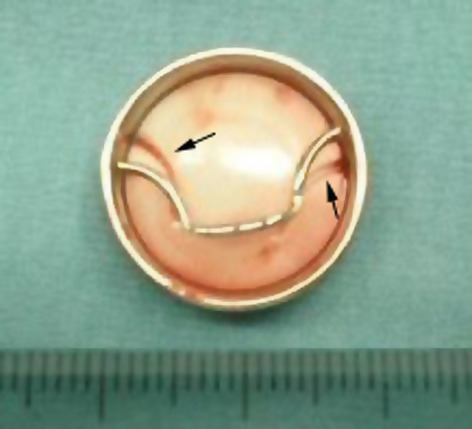
The implanted first-generation Björk–Shiley valve in our patient was functioning well before aortic surgery, but we replaced the valve because we confirmed disc erosion 39 years after implantation during the surgery. We judged that the implanted valve was no longer capable of maintaining the patient's life.
Upper limb erythema nodosum: the first presentation of Crohn's disease
- Pages: 183-185
- First Published: 30 June 2014

Inflammatory bowel disease can present with extraintestinal features as the patient's only complaint. The erythema nodosum (EN) initially affected the upper limbs only, reminding us that signs do not always present in a classical fashion. The presence of EN should prompt the clinician to look for any underlying cause.
Acute appendicitis caused by acute myeloid leukemia
- Pages: 186-187
- First Published: 15 September 2014
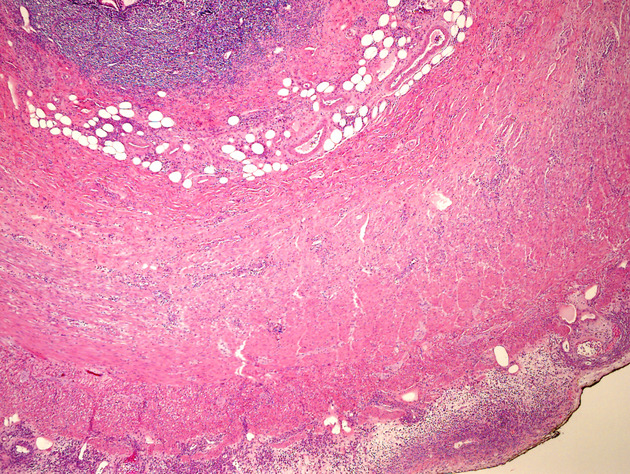
A case of appendiceal involvement by acute myeloid leukemia (AML) in an adult with recent history of AML transformed from myelodysplastic syndrome (MDS) was presented. Being aware of this rare presentation in particular in a patient with history of MDS and/or AML is important for prompt clinical diagnosis and management.
Embolization of a left uterine artery mycotic aneurysm after a neglected, perforated appendicitis before delivery
- Pages: 188-190
- First Published: 30 June 2014
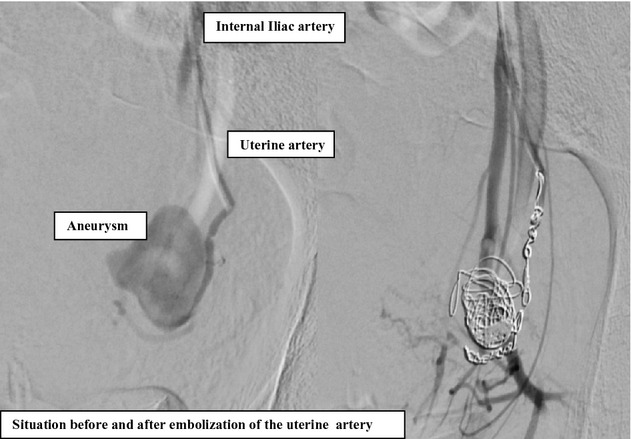
We report a case of a successful embolization of a mycotic aneurysm of the left uterine artery in the puerperium after a neglected perforated appendicitis. A mycotic aneurysm, meaning an infection of the vessel wall which leads to an aneurysmatic dilatation of the vessel, is potentially life threatening if rupture occurs.
Severe Leptospira interrogans serovar Icterohaemorrhagiae infection with hepato-renal-pulmonary involvement treated with corticosteroids
- Pages: 191-196
- First Published: 15 September 2014

The traditional concept of immediate antibiotic treatment in suspected leptospirosis seems to be especially important for patients up to day 4 of clinical illness. As immune mechanisms probably play a crucial role in advanced leptospirosis with presumed pulmonary hemorrhages, patients might benefit from corticosteroids or other immunosuppressive agents beside antibiotics.
Gastrointestinal stromal tumor (GIST) mistaken for pancreatic pseudocyst – case report and literature review
- Pages: 197-200
- First Published: 17 July 2014
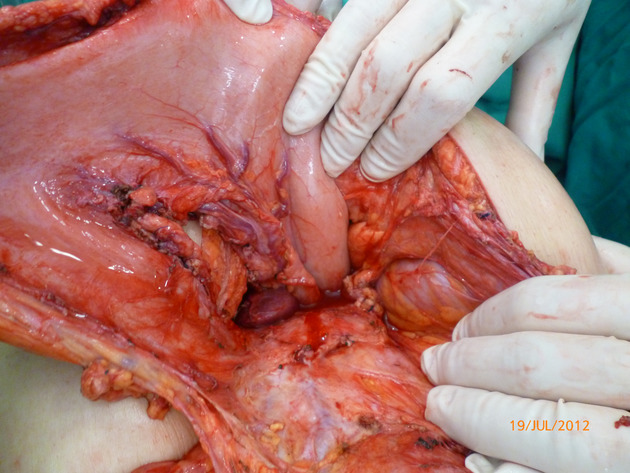
A 74-year-old female patient underwent a Roux-en-Y cystjejunostomy for pancreatic pseudocyst developed several melena episodes and she was surgically reappraised. The main diagnostic concern was a pancreatic cystic neoplasm. A 12 × 8.0 × 5.0 cm retro-gastric lesion was resected and pathology report indicated an unsuspected gastrointestinal stromal tumor (GIST). The report aimed to describe an atypical presentation of GIST.
Distal trisomy 10q syndrome, report of a patient with duplicated q24.31 – qter, autism spectrum disorder and unusual features
- Pages: 201-205
- First Published: 25 July 2014
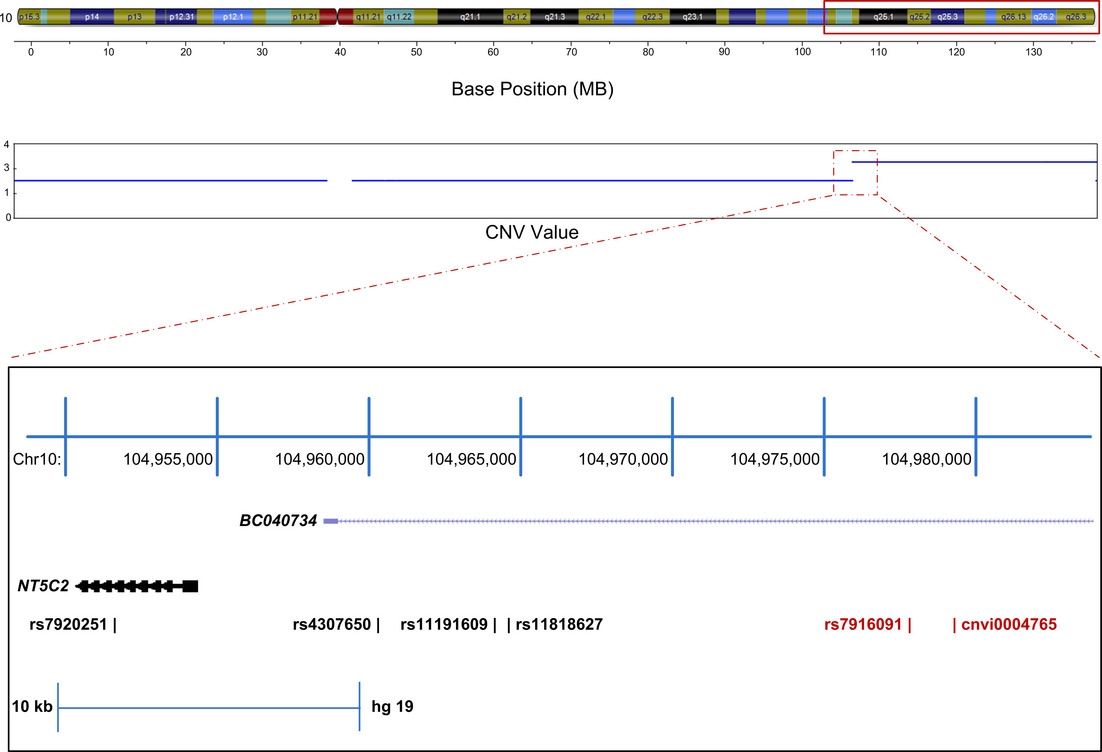
We report on a patient with distal trisomy 10q syndrome presenting with a few previously undescribed physical features, as well as, autism spectrum disorder (ASD). We recommend that patients with distal trisomy 10q syndrome should have a behavioral evaluation for ASD for the early institution of therapy.
Pulmonary squamous cell carcinoma and sorafenib
- Pages: 206-208
- First Published: 25 July 2014
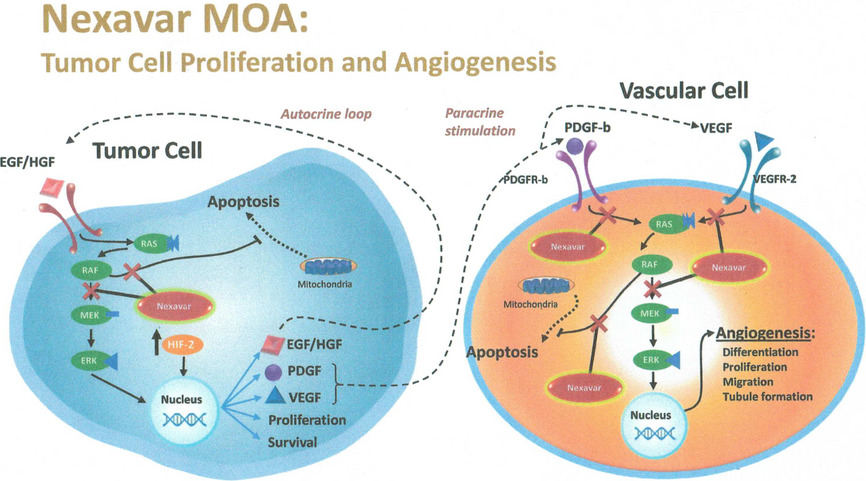
Pulmonary squamous cell carcinomas are not often thought to sensitive to targeted agents, like their cousin the adenocarcinoma of the lung. With appropriate testing of molecular markers, squamous cell carcinomas, like adenocarcinomas of the lung, melanomas, and renal cell carcinomas, may be found to be sensitive to newer, targeted agents.
Cutaneous lymphocyte antigen expression loss and PD1 positivity in early cutaneous lesions of rapidly progressive mycosis fungoides
- Pages: 209-218
- First Published: 15 September 2014
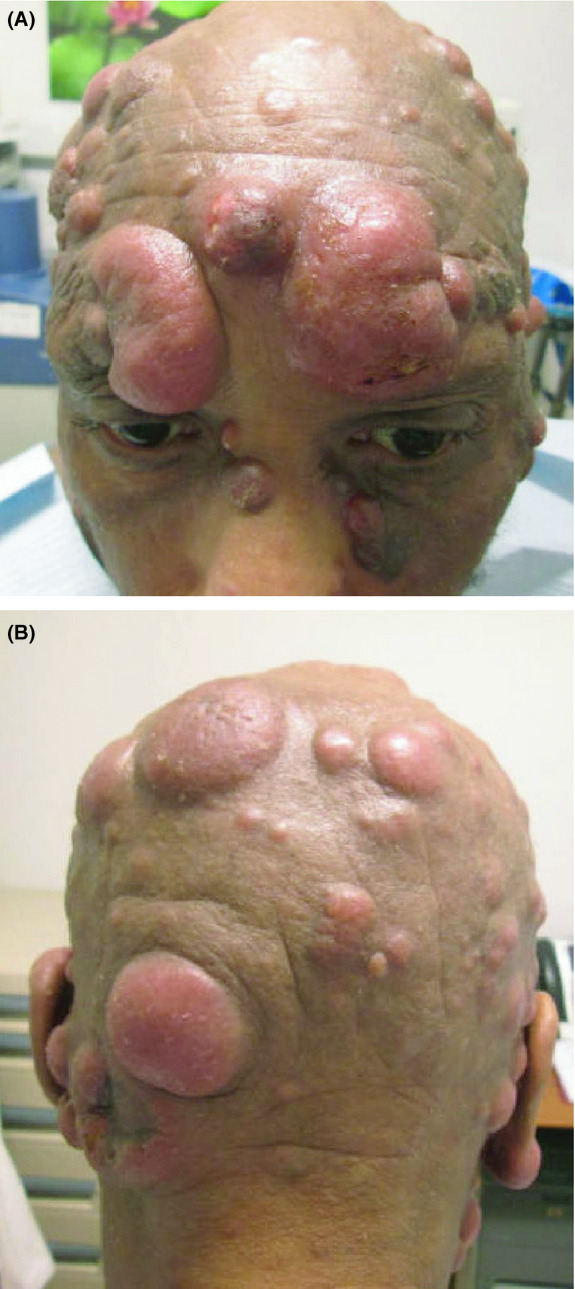
It's important to assess cases both clinically and pathologically for factors potentially predictive of an aggressive clinical course. We concluded that the relative immunosuppressive effects of PD1 may contribute to tumor progression while the lack of staining for cutaneous lymphocyte antigen may be an additional factor facilitating distant extracutaneous migration.
Prolonged survival in metastatic colorectal cancer following chemotherapy
- Pages: 219-223
- First Published: 04 September 2014
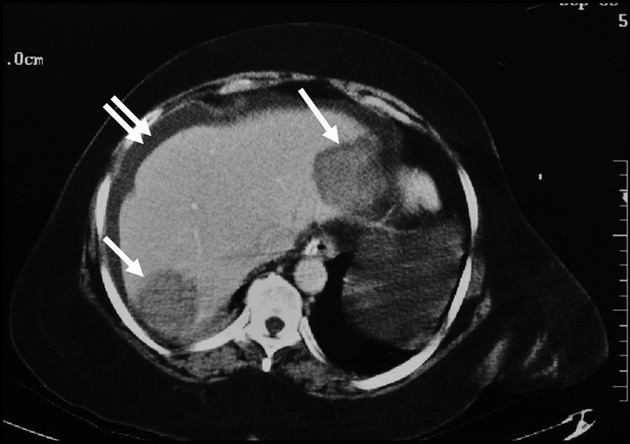
The cost of treating metastatic colorectal cancer has increased significantly after the introduction of targeted antivascular therapies. We report the unusual case of a patient with colorectal cancer with several large liver metastases at diagnosis, who was cured after removal of the primary tumor and treatment with 5-FU/LV only.
A case of Barber-Say syndrome in a male Japanese newborn
- Pages: 224-227
- First Published: 04 September 2014

We reported a case of Barber-Say syndrome (BSS) in a Japanese newborn. Distinctive features of BSS were found; macrostomia, gingival dysplasia, cup-shaped low-set ears, wrinkling redundant skin and hypertrichosis. Fundus showed subretinal drusenoid deposits, a novel finding of BSS. Genetic analysis is underway using next-generation genome sequencing and microarray analysis.
Cognitive evolutionary therapy for depression: a case study
- Pages: 228-236
- First Published: 18 September 2014

We present an evolutionary-driven cognitive–behavioral intervention for a moderately depressed patient. Standard cognitive and behavioral therapy techniques focused on the patient's perfectionistic and self-downing beliefs, while novel, evolutionary-informed techniques were used to guide behavioral activation and conceptualize secondary emotional problems related to anger. The treatment reduced depressive symptomatology and increased evolutionary fitness.
Clinical Images
Snapshots in surgery: incidentally discovered cryptorchidism
- Page: 237
- First Published: 15 September 2014

An 18-year-old was presented with a large inflamed appendix (compressed by the instrument) and a spermatic cord with right undescended testicle (cryptorchidism). Patients who undergo orchiopexy after age 12 years, or no orchiopexy, are 2 to 6 times as likely to have testicular cancer as those who undergo prepubertal orchiopexy.
Leishmania donovani bodies in bone marrow
- Pages: 238-239
- First Published: 15 September 2014
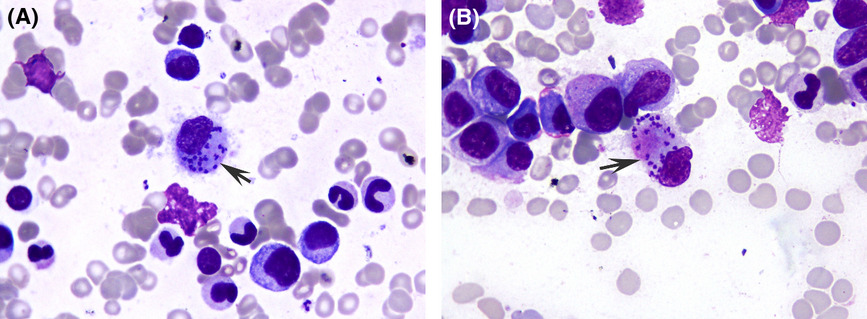
We report a case of a 5-year-old female, resident of Afghanistan, who presented with fever and massive splenomegaly. Bone marrow revealed Leishmania donovani bodies (LD bodies) in macrophages characterized by a kinetoplast and characteristic double dot appearance. She was diagnosed as visceral leishmaniasis which is transmitted by sandflies (Phlebotomus).






